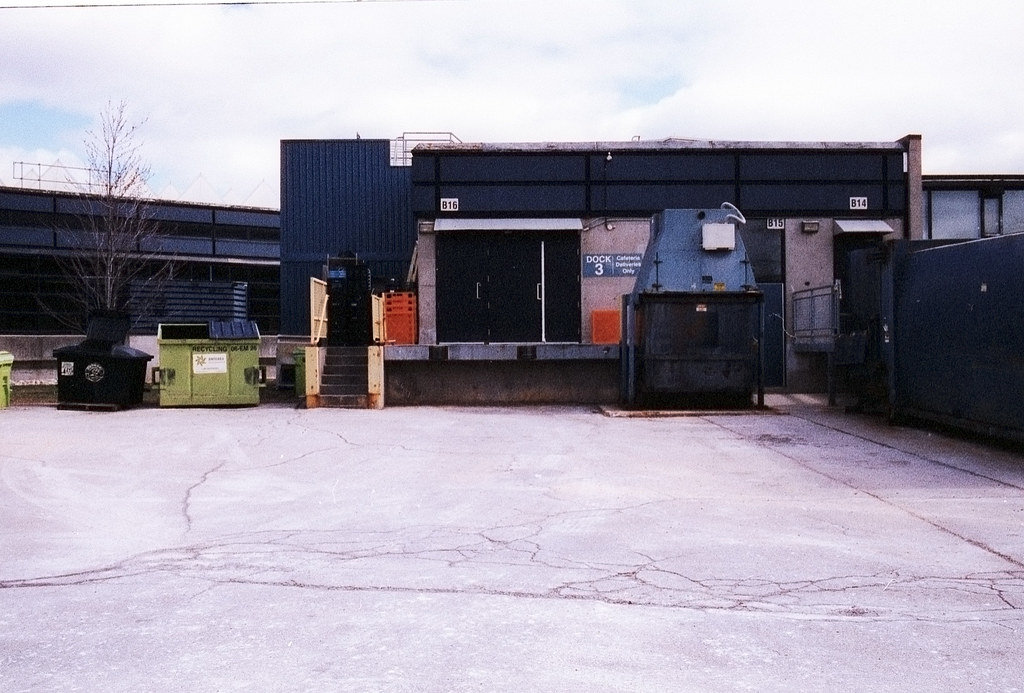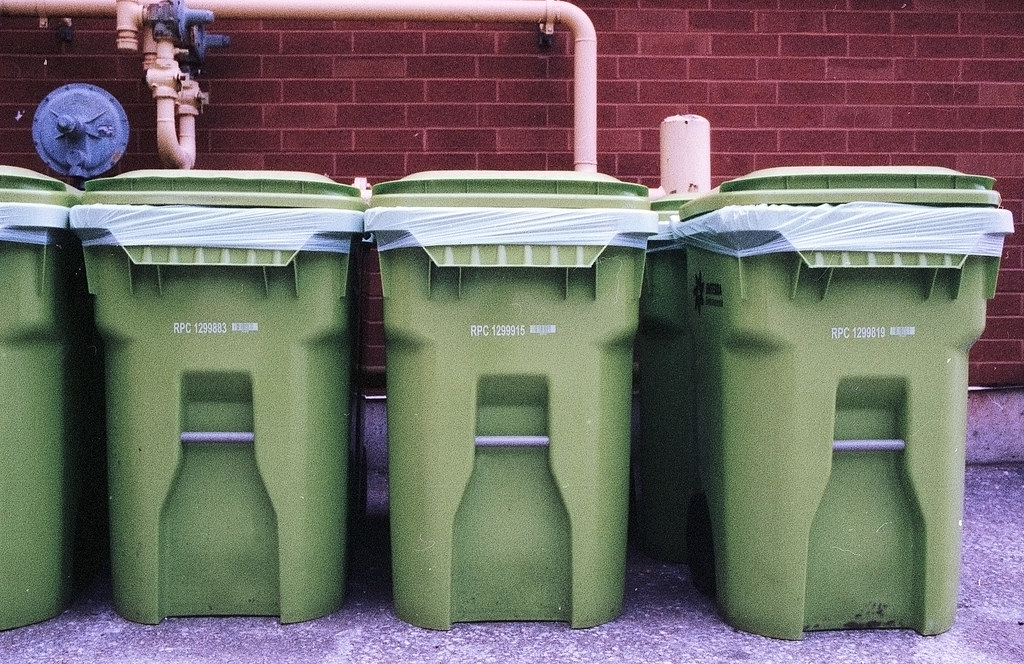Like the legend of the phoenix, huh
All ends with beginnings
What keeps the planet spinning, ah
The force from the beginning, hm, look
Get Lucky – Daft Punk ft. Pharrell Williams, Nile Rodgers
If there was one thing I did not have on my 2023 Bingo card was the release of a brand new colour film, at least not from Harman Photo. Harman Photo is under the same umbrella of Ilford Photo, but is colour film side of Harman Technologies. Now, you’re probably wondering why I waited until the spring of 2024 to review the film? The reason is simple, the first several months of the year here in Canada aren’t the best for colour film and having seen the early examples back in December 2023, I felt that I needed to give this film a fair shake and let it speak under better lighting conditions. Pheonix 200, is a proof-of-concept, to see if it was even possible to take the foundations of Ilford Super XP2 and turn a chromogenic (C-41 process) black & white film and turn it into a proper colour film. And well the proof is in the results, they managed to do that. For this review I opted to have the film developed at Burlington Camera and then do the scanning myself, knowing that Burlington did have the proper scanning profiles from Harman for their lab scanners but I did want the whole experience. Two of the rolls I shot at box speed of ASA-200 and one final roll at ASA-160, a third of a stop over, but with no adjustment in processing.
Film Specs
Manufacturer: Harman Photo
Name: Phoenix 200
Type: Colour Negative (C-41)
Film Base: Acetate
Film Speed: ASA-200, Latitude +1/3-stop
Formats Available: 135 (35mm)
Colour Rendition
I was not expecting the colours to look good in this film, but most of what I had seen previously had all been shot in less-than-ideal conditions. The colours here are not perfect, but they aren’t terrible either. The film leans towards the warm end of the spectrum, so you’ll get vibrant reds, yellows and oranges. The blues and greens are slightly more subdued but not overly so when shot under good lighting conditions. And when they are, they look spectacular, sometimes even hyperreal, with deep saturation and vibrance. But you want both whole and even light to get the best results for the best results. While this is true of all films, Phoenix’s limited latitude makes it so that in dull light or shadows, the colours will become muddy; while less pronounced with the warmer tones, it is more visible with cooler colours like blues and greens. With this colour mix, I can see the film working well during golden hour for outdoor work and well-lit and even studio settings with adjustable colour balance on the lights. The one last thing I recommend is that you don’t play around too much with the colour balance in post-processing; it only seems to muddy things up more. Now, the colours I got in these rolls are wildly different from what I’ve seen from other photographers; for the best results, I recommend using professional lab scanners with the proper profiles from Harman to get the best results.





Image Quality
The image quality of this film is excellent but could be better. You want to shoot this in bright, even light to get the best possible image quality. The one thing I notice is that the film has a limited latitude, so in heavily mixed light, depending on how you meter, you will either lose details in your shadows or your highlights. The result is a high-contrast look to your film, which can work in some situations. It’s important to shoot the film in even light for the best possible results and use a camera with a good meter. I don’t recommend using spot-meter mode, but a suitable matrix-meter camera will produce the best possible results. I have nothing against the meter in the Elan 7, but the F5 or F6 might have been a better choice with the 3D colour matrix meter. The film is high-contrast but without losing too much on either end. Because of this, the film has a rich, deep contrast and, in some cases, heavily saturated colours. There is significant grain, but nothing too bad; it does add to excellent edge sharpness. For a 200-Speed film, the grain structure and visibility are about on point for what I expect from most 200-Speed films.





Scanning
What makes Phoenix a problematic film to handle is the scanning process. I believe many of the poor-quality images other photographers have experienced and encountered are due to the scanning process. It comes down to the film base; most colour-negative films have an orange base to the negatives, and scanners pick up on that and base their scanning appropriately. Even in the case of ORWO NC500, the film base is different and has a greener colour. On the other hand, Phoenix has a more purple-grey colour to the base, making it look more like a black-and-white film than a colour film. Now, Harman has released proper settings for lab-based scanners, and I did flirt with the idea of getting Burlington Camera to scan my negatives, but I wanted to see what I could do with the film at home. I used my trusty Epson V700 and the Silverfast 9 SE software with final edits done in Photoshop CC. Now, I had prepared myself mentally to struggle with the film, but oddly enough, after scanning the first roll, I was pleasantly surprised. The scans came out clean; some colour noise was introduced in the scanning process, but only in areas with large swaths of negative space or shadow areas. However, in both cases, there was nothing that Photoshop could not handle in post-processing. I also had to adjust the levels. I played with the colours a bit but only muddied things up. If there is one thing I do realise with Phoenix 200, the scanner and the scanning process can make or break your negatives. I still want to try running the film through my Nikon Coolscan V ED using the older Nikon Scan software to see the results from a dedicated scanner. If you are unsure or dislike your final results, try switching up how you scan the negatives to get results closer to what you want in your final images.





Overall Impression
Is Phoenix a hard film to work with? Well, yes, it is, but it needs more attention than most film stocks. But that’s the way things are. Harman has created a new colour film in a world where producing film is hard, but colour film is harder. Is this a first step? Yes, like the Impossible Project, it will take some community buy-in and lots more research to transform Phoenix into a colour-negative film along the same lines as Kodak and Fuji stocks that we know and enjoy. Will I shoot Phoenix again? Probably not, but I will keep an ear to the ground and wait for the next iteration of Harman’s colour film offerings.
Further Reading
Don’t just take my word on Phoenix 200; you can check out the reviews by other awesome camera reviewers!
35mmc – Harman Phoenix 200 – First Roll Review & Experiences
Casual Photophile – Harman Phoenix 200 – The Review
Analog.Cafe – Harman Phoenix 200 — New Colour Film Review
Random Camera Blog – Harman Phoenix 200 – One Roll Review
My Journey Into Photography – Phoenix 200 – A Brand New Colour Film made by Harman Technology
Yvonne Hanson – Harman Phoenix Review | What I learned From 36 Exposures
Kyle McDougall – Harman Phoenix 200 – A Very Different Colour Negative Film
Adam Insights – Harman Phoenix Colour Film Review – I Don’t Like It
Parallax Photographic Coop – Harman Phoenix 200 Film Review
Bokeh Cameras – Harman Phoenix 200: An Honest Review
The Darkroom – A Brand New Colour Film: Phoenix 200 Review

I wholeheartedly agree that the scanning process is crucial to getting nice results with this film! Though I think I will shoot it again when I want some funk introduced without the risk involved in using expired color film.